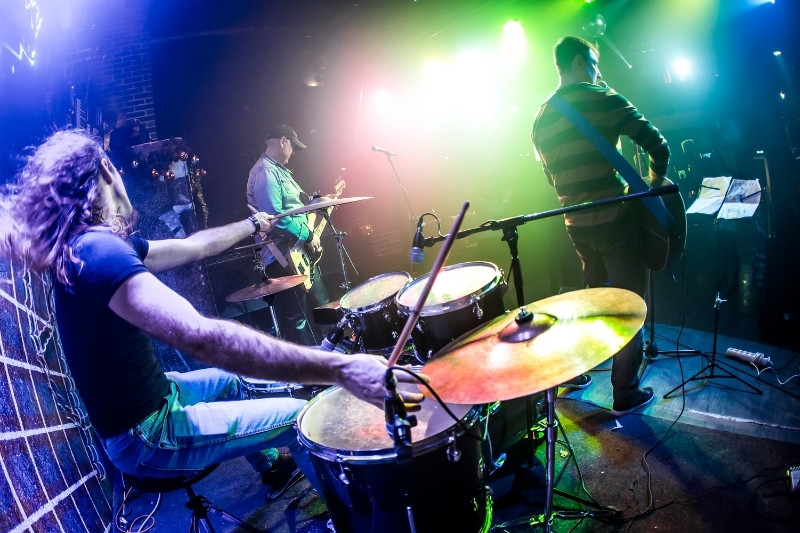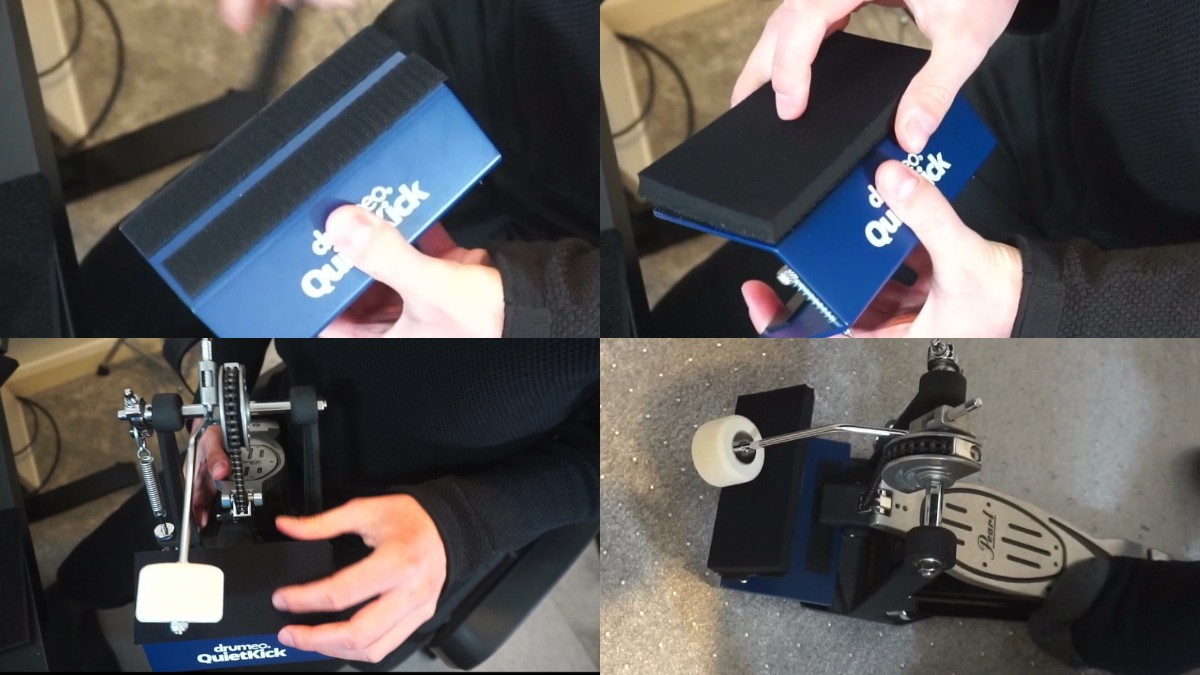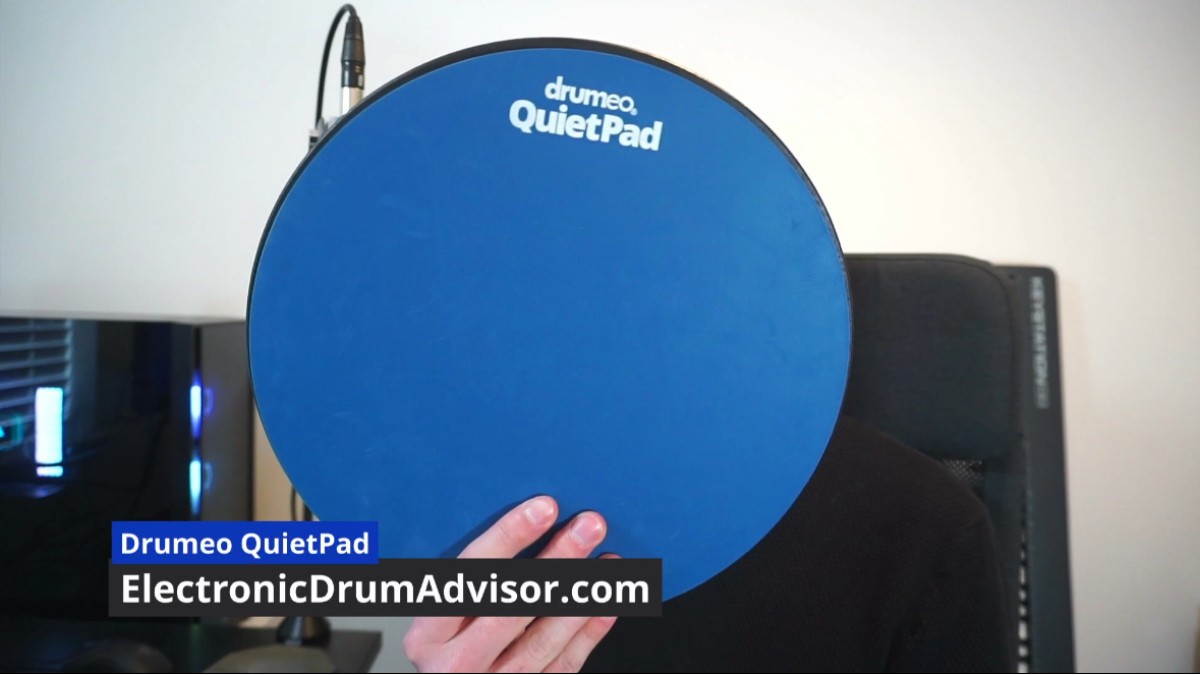How Many Calories Does Drumming Burn?

Drumming is an energetic activity, and research from the International Journal of Sports Medicine agrees! Their study involved 14 male drummers and assessed the relationship between energy expenditure and heart rate during drumming.
During live concerts, the drummers burned an average of 623 calories per hour, while their performances lasted about 39 minutes. Their peak heart rate reached 186 beats per minute. The study found that rock/pop drumming is a high-intensity activity with notable energy expenditure.
Of course, this varies greatly depending on your drumming style, your body, and of course, how much of a heavy hitter you are!
These findings suggest that drumming can complement traditional forms of exercise, offering both enjoyment and health benefits.
If you’re looking to lose calories while drumming, it’s important to note that you shouldn’t overly exert yourself just for the sake of burning calories as it could lead to injury. Instead, drumming can be used as a complementary workout to other types of exercises such as running, cycling, and weight lifting.
Drumming vs Running
Running burns an average of 360 calories in 30 minutes while relatively vigorous drumming can burn approximately 311 calories, based on data from Medical News Today and the International Journal of Sports Medicine respectively.
Keep in mind, these are extreme approximations, and the results will vary based on your weight and many other factors.
It’s also worth noting that exercise isn’t solely about burning calories. While drumming can certainly provide a physical workout, it’s important to be aware that keeping your back in a fixed position for extended periods of time can have its drawbacks. So, make sure to build other types of exercise into your routine if you’re doing a lot of drumming. Check out my article on drumming workouts for more information.
What Muscles Are Used When Drumming?
Drumming involves numerous muscles, with the most important ones including the deltoids for shoulder movement, biceps, and triceps for arm movement, forearm muscles for wrist and finger control, core muscles like the abs and obliques for torso stability, and lower body muscles such as hip flexors, quadriceps, and calf muscles for leg and foot control. Proper technique and posture are crucial in utilizing these muscles effectively and preventing injury while playing the drums.







